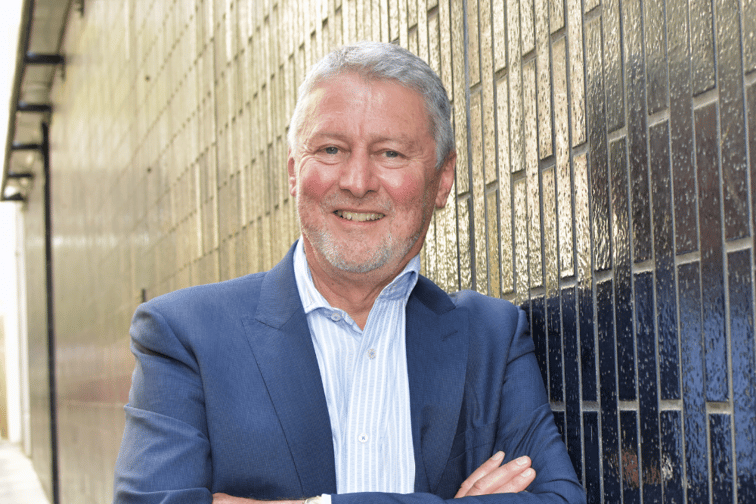

By
Historical data suggests that Australia’s current official cash rate of 3.1% has room to increase further, according to financial comparison site Canstar.
Analysis by Canstar revealed that the average rate over the past 33 years has been 4.6%, equivalent to six 25-basis point increases from the current rate. If the OCR reached 4.6%, it would add $498 to monthly repayments for a $500,000 loan and bring the total repayment increase to $1,386 since April 2022.
A cash rate of 4.6% would also put the average variable rate for existing borrowers at 7.48% and impact many mortgage holders, said Canstar group executive Steve Mickenbecker (pictured above).
“The Reserve Bank keeps reminding us that its cash rate decisions are all based on the data,” he said, noting that the OCR is likely to continue rising in response to the 1.9% increase in the December quarter inflation rate, plus the 7.8% annual rate.
Although concerns about an imminent recession might push the Reserve Bank to stall hikes after two or three increases, Mickenbecker said historical precedents indicate any incoming pause might only be a “breather” and not a sign of lowering rates.
The Canstar executive also offered some insight into what is considered “normal” over a 33-year period, acknowledging the debate over what defines a neutral cash rate setting.
“Neutral in the 1990s – that started with a 17.5% cash rate – and neutral in the 2020s, which saw a record low of 0.1%, is not the same number,” Mickenbecker said. “Nonetheless, an average over a 33-year period gives some indication about what is at least normal, and that is a cash rate of 4.6%.”
Two of the largest banks in Australia have already predicted a cash rate of 3.85% by May, and Deutsche Bank said there could be four additional rate rises to 4.1% by August.
Canstar's Consumer Pulse Report released in December showed that only 15% of mortgage holders had switched lenders and secured a better deal in the past year, with 8% having tried and failed. This means that 77% of borrowers could be paying more for their loans than what is currently available in the market.
Mickenbecker advised these borrowers to find the lowest priced loan available, as refinancing from an average variable rate of 5.98% to the lowest rate of 3.99% for a $500,000 loan over 30 years would save $607 per month.
